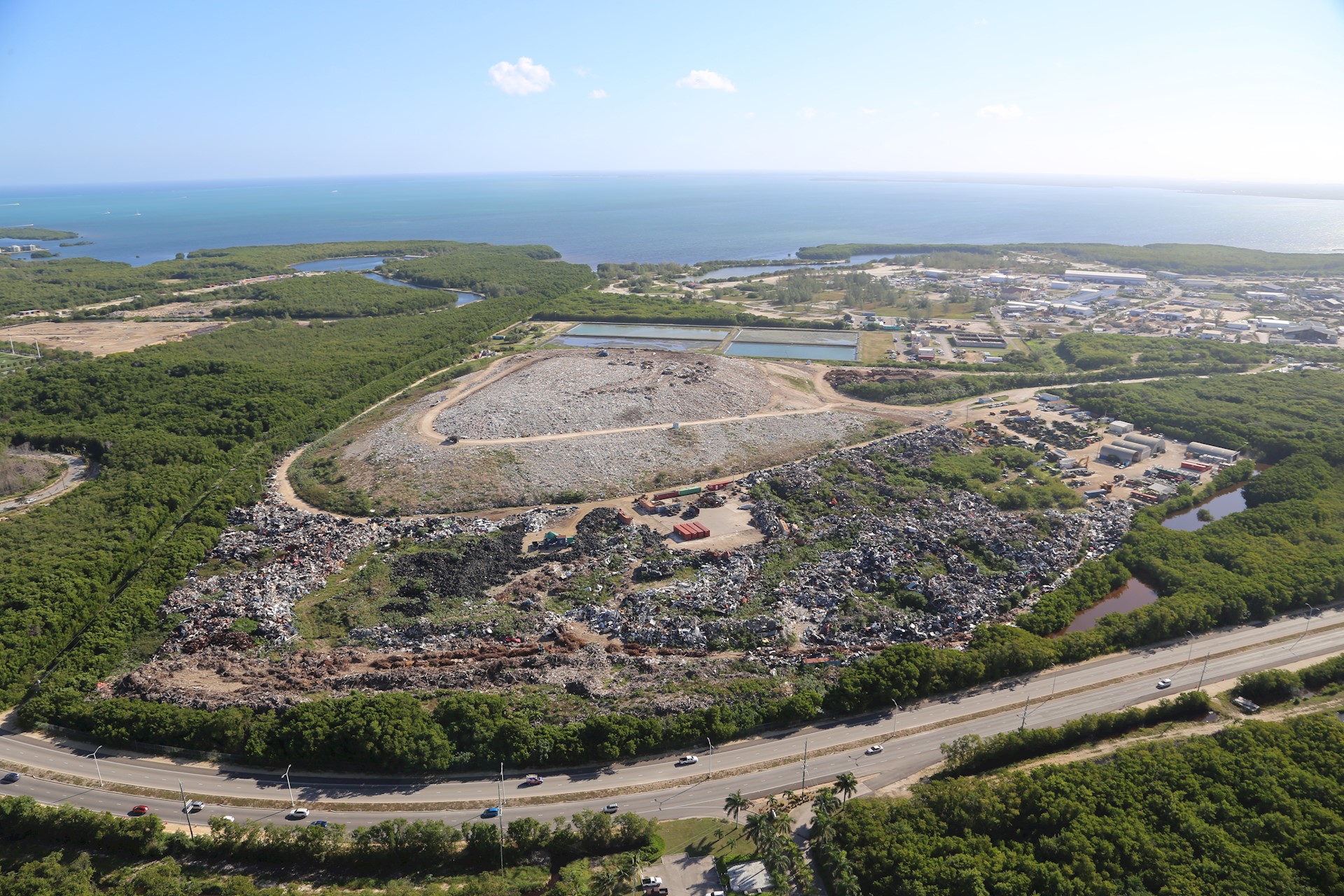
Last year, the Cayman Islands Government announced that work is expected to begin in 2020 to cap and cover parts of the main mound at the George Town Landfill. Also expected to begin this year is an environmental impact assessment to study the potential impact of the facilities that are proposed for Grand Cayman's integrated solid waste management system.
This month in Trash Talk, Martin Edelenbos, the solid waste management engineering coordinator with the Decco Consortium — the preferred bidder to implement the integrated solid waste management system — answers four of the most frequently asked questions about the proposed waste management strategy.
A: Following the Cayman Islands Government Outline Business Case, the proposed system will include eight components designed to work together to reduce the volume of waste requiring disposal, including: a waste-to-energy facility, a materials recovery facility, a bottom ash processing facility, a green waste facility, a construction and demolition waste facility, an end-of-life vehicle and scrap metal processing facility, a household waste recycling centre and a residual waste landfill on Grand Cayman. Together, these eight facilities will form an integrated system that follows the waste management hierarchy — reduce, reuse, recycle, recover, dispose — to significantly reduce the amount of waste that requires landfilling.
A: The integrated solid waste management system facilities are intended to decrease the amount of waste going to the George Town Landfill by up to 95%. However, a landfill will still be required to manage the disposal of residue from the waste-to-energy facility as well as some non-combustible wastes that cannot be managed through the other facilities. This new residual waste landfill will be relatively small and can be accommodated within the present boundary of the George Town Landfill. The residual waste landfill will be very different from the current dump; it will be an engineered landfill, lined to prevent environmental contamination.
A: The proposed waste-to-energy facility, which is also known as an energy-recovery facility, will recover energy from the major proportion of waste that would otherwise be landfilled. To facilitate clean emissions, waste is combusted at temperatures as high as 2,000 degrees Fahrenheit to minimise the production of toxic byproducts such as dioxins. In addition, before release to the atmosphere, the flue gasses are filtered and scrubbed to remove and capture toxic emissions and acid gasses.
Modern waste-to-energy facilities have stringent pollution controls and have very little in common with the polluting incinerators of the past.
A: The potential of long-term nuisance conditions from mining waste, such as odours, outweigh the benefit of gaining back the small area of the existing landfill space. Therefore, the Government made a policy decision to exclude mining of waste from the proposed integrated solid waste management system project.
--------
This article appears in print in the February 2020 edition of Camana Bay Times.
In other news